To some, April is the kickoff of the gardening season. It’s a busy time for gardeners as we prep seeds, garden beds, and containers. Here are some of the main April gardening jobs and tasks to ensure your garden is ready for the season.
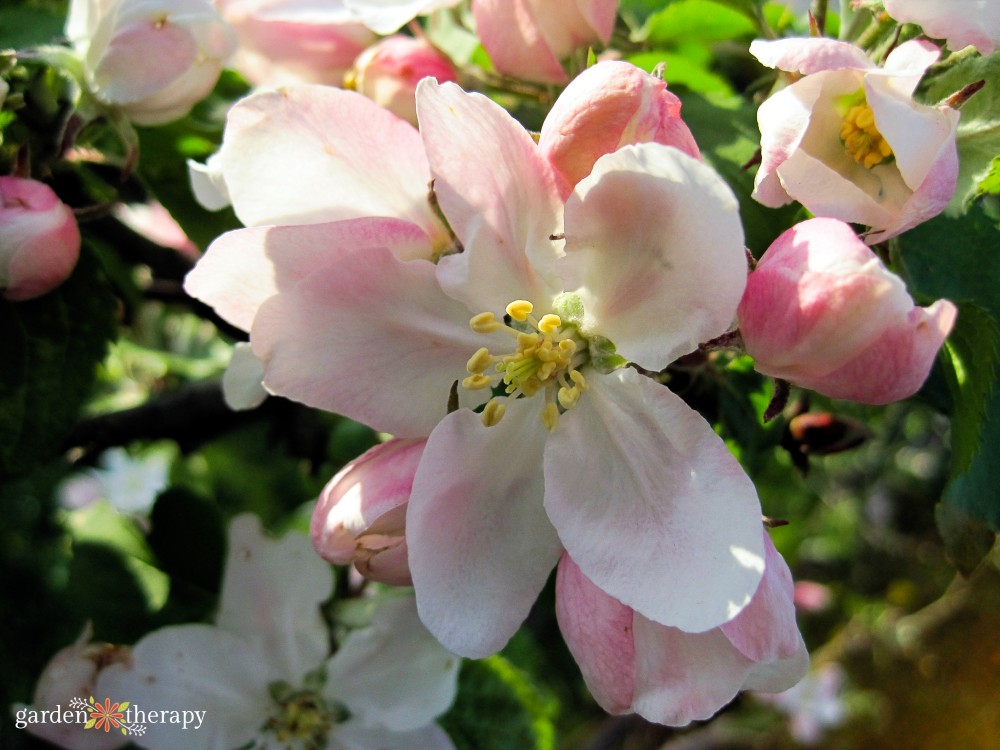
April is one of the best months for us gardeners. Outside, signs of life are starting to bud, and the promise of spring is finally in show.
Gardeners know that the majority of work actually occurs in the spring, not the summer, as we work to prep and plant this year’s plants. While we can begin in February and March, we really start to kick things off in April.
If you’re new to gardening, knowing what to do and when can quickly become overwhelming. Here is a list of some of the April gardening jobs you can get done, even if winter is still holding on tight where you live.
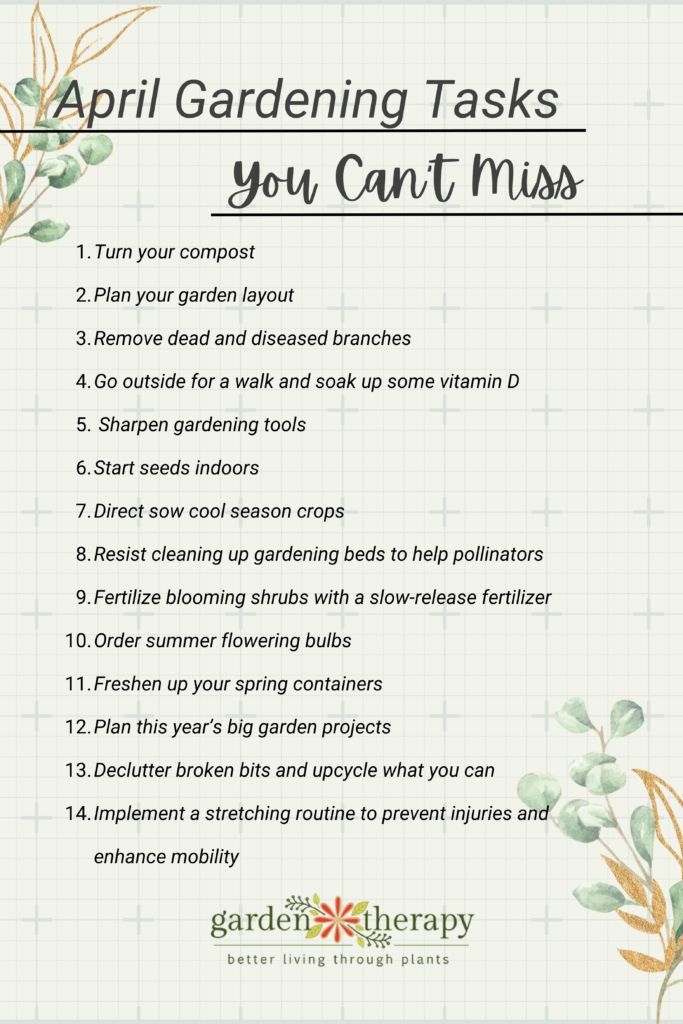

1. Turn Your Compost
If you’re anything like me, you probably ignore your compost a little more in the winter than in the warmer months. Now is a great time to check on your compost and give it some aeration.
Any finished compost can go right into the garden beds. Add it as a top layer without digging it in so you don’t disrupt the soil and microorganisms in it.
2. Plan Your Garden Layout
Most of my garden remains the same, as I rely heavily on perennials. But I have a few beds that I like to change up yearly for my vegetables, herbs, and cut flowers.
It’s a good idea to plan out where you plan to place your plants based on their growing conditions (light vs shade, moisture, wind protection, preferred soil, etc.) and their spacing requirements.
Planning ahead of time also gives you a good indication of how many seeds to start, so you don’t start too many or too little. Try square-foot gardening to maximize a small space.
3. Spring Pruning
I don’t do much pruning in spring, as many of the flower buds and leaves are forming or already formed before going into dormancy. The last thing I want to do is cut off this year’s flowers before they’ve even bloomed!
Pruning in spring can be helpful for controlling plants that are invasive since you can trim them before they flower and spread.
With buds forming, it can also be helpful to spot diseased or dead branches that might have been difficult to identify in the winter. Those can be removed to give the plant new vigour.
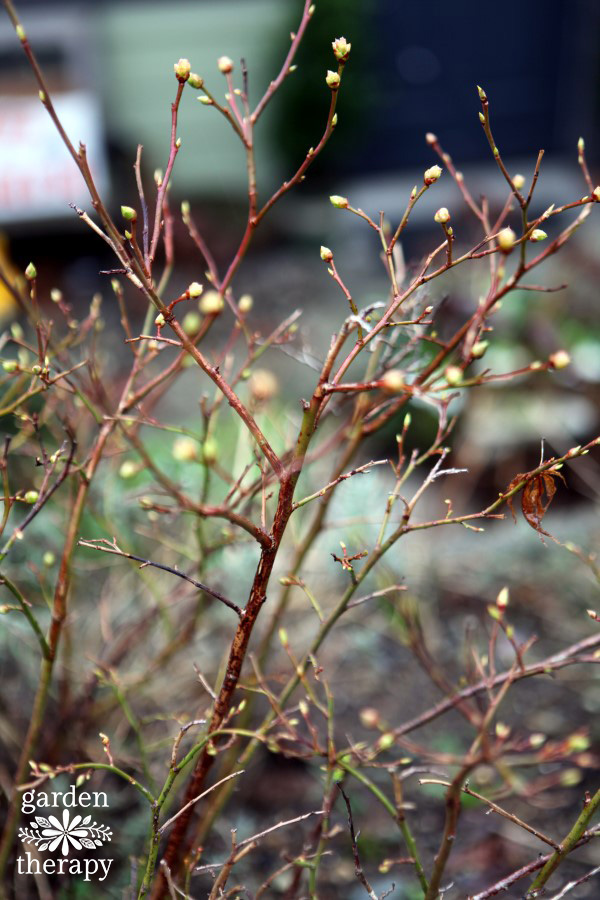

Hopefully, your past self treated your gardening tools well, and they were cleaned and safely stored away for the winter.
Before you bring them out for another season, now is a great time to sharpen your tools. Use a coarse file followed by a sharpening stone to sharpen your pruners. Don’t forget to sharpen your forks, shovels, shears, and even trowels if they’re dull!


5. Start Seeds
By April, almost all zones in the Northern Hemisphere can start seeds. For those with mild winters, you can begin direct sowing. Others can start seeds indoors.
Finding out when to start your seeds takes some practice. The most important thing to know is the average frost date for your area. Seed packets will tell you when to start seeds based on this date, such as planting indoors 6 weeks before the last frost date or direct sowing after all risk of frost has passed.
If you’re new to seed starting, I highly suggest you check out my seed starting eBook Get Growing! It has everything you need to know, from buying seeds to germination to caring for your plants as they reach full maturity.


6. Cool Season Crops
Many vegetables (and flowers) prefer the cool conditions of spring as opposed to the hot summer weather. Focus on planting cool-weather veggies like lettuce, spinach, carrots, kale, broccoli, and peas.
For flowers, plant sweet peas, bachelor’s buttons, feverfew, larkspur, nigella, poppies, calendula, snapdragons, and yarrow.
7. Fertilize
Many blooming shrubs will like to get a dose of slow-release fertilizer in the spring. Personally, I skip this step since I believe my soil has everything the plant needs, and I don’t need to supplement it with synthetic fertilizers.
Instead, I like to amend my soil with compost. I also make my own organic fertilizers, which I dedicate a whole chapter to in my book, Garden Alchemy.
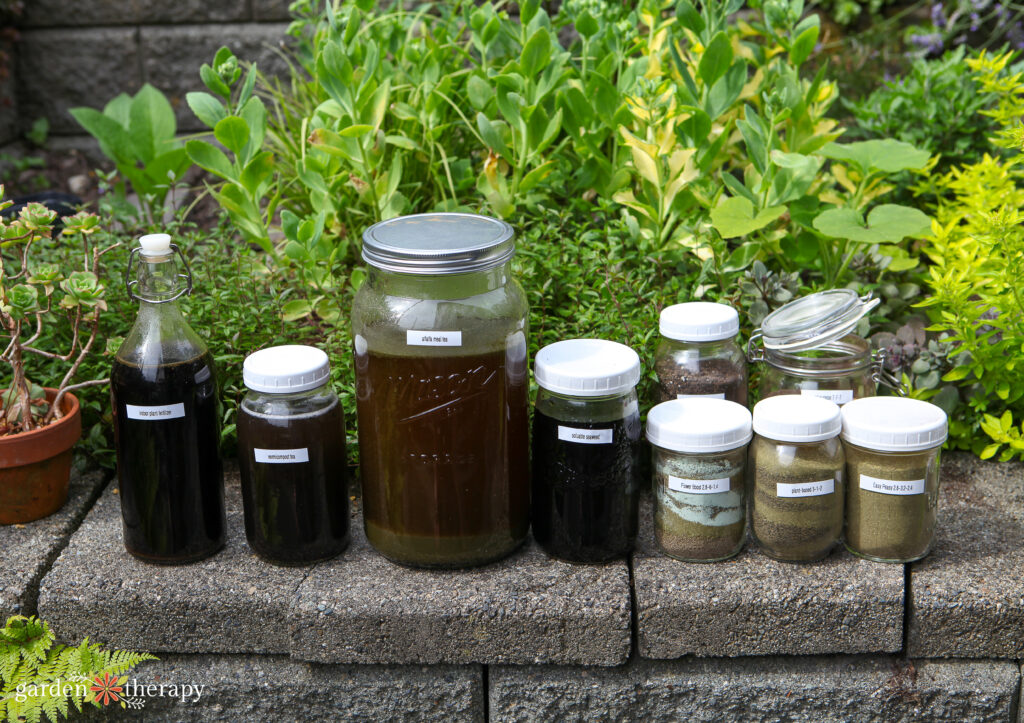

8. Order Bulbs
Right about now, you’re probably enjoying all the tulips, daffodils, and other fall bulbs you planted. Do a little work for your future self again by ordering your summer flowering bulbs. I’m talking dahlias, freesia, gladiolus, crocosmia, canna lilies, liatris, lilies, calla lilies, and begonias.
Depending on where you are and the type of bulb, you may even be able to plant your summer flowering bulbs, too. Read the package to know your perfect planting time, and follow the guidelines.
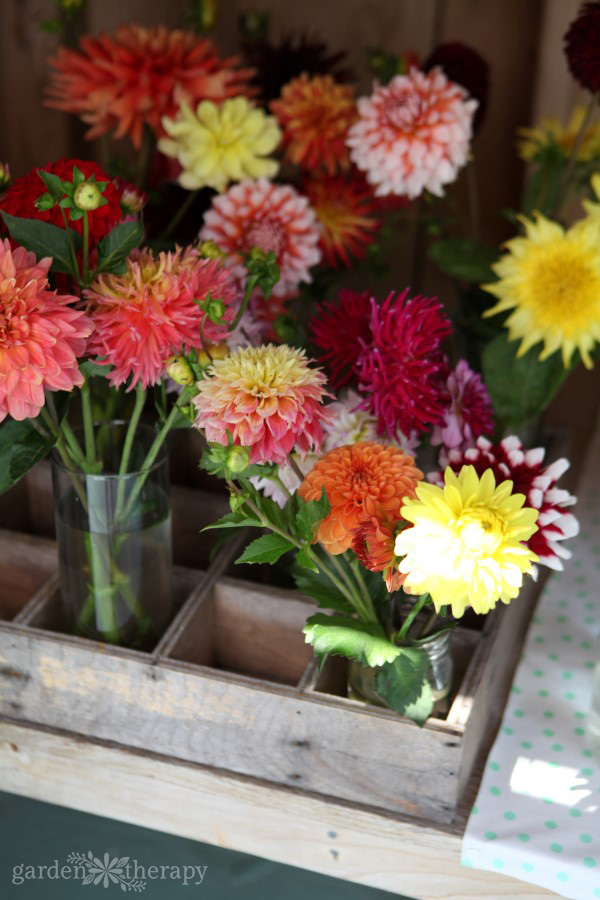

9. Spring Containers
While we’re itching to get outside and in the garden beds, doing a little container refresh is a great way to get that gardening bug out and a little colour into your life. Head to the garden centre (here’s your official excuse), and buy some spring plant starts. Oftentimes, they’ll have some spring bulbs you can put in there. Other great options are pansies, primula, cyclamen, and ranunculus.
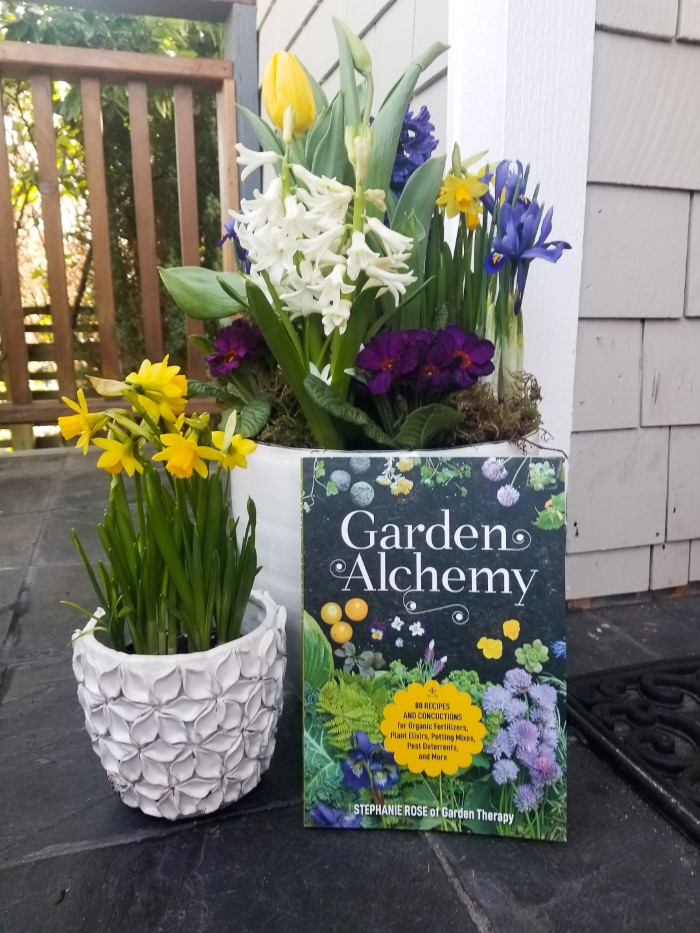

10. Plan Big Projects
If you did some goal planning earlier in the year, you might already know what big projects you want to tackle in the garden. Now is a great time to sit down and formulate a plan. This could include making a map, a budget plan, sourcing materials, choosing plants, and more.
I highly suggest adding a nice, shaded sitting area to your garden. Having a place where you can rest mid-gardening or on those days you just want to sit and enjoy your garden sanctuary is vital to any size garden.
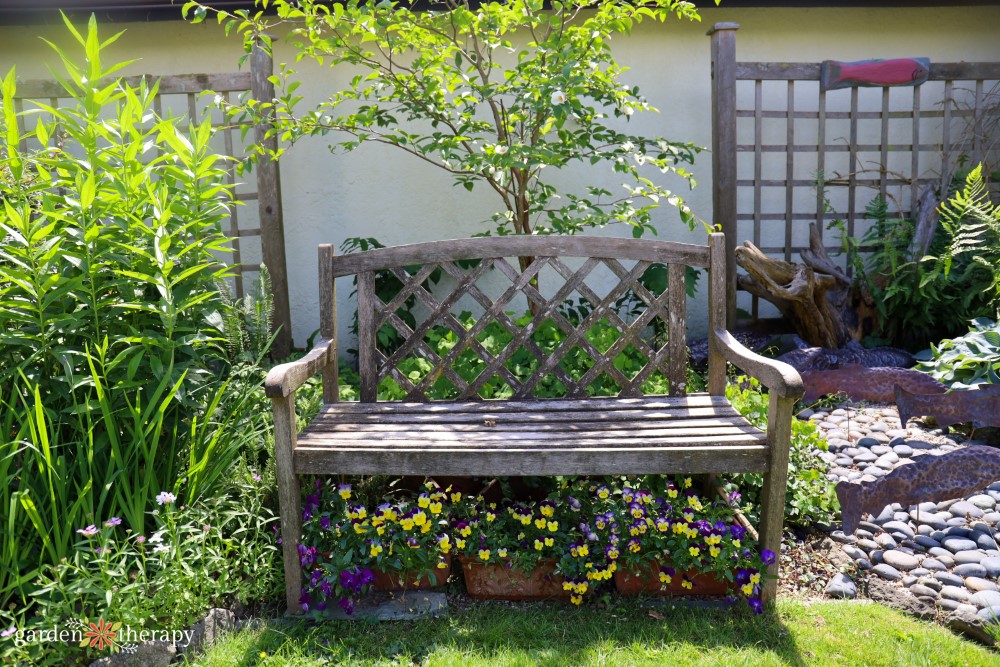

11. Decluttering
Spring cleaning is supposed to be the time when you go through and do a big decluttering. While I agree that it’s a great time to toss out broken bits and things you can’t salvage, I find that freeing up space isn’t always the magical solution. Sometimes, hanging onto items for when you need them is the better choice.
Consider keeping supplies around if you’re going through your gardening shed. As I finally start planting everything in my garden this spring, I’m going to be thankful I saved all those plastic nursery pots and trays for seed starting this year.
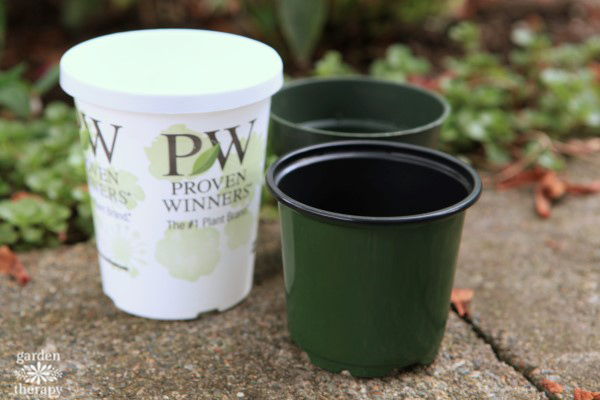

12. Resist Cleaning Up
If the sun is really shining where you live in April, you may already hear your neighbours busting out the lawn mower. By now, you might have seen some lazy bumble bees coming out of hibernation to visit all the spring flowering trees. While some of the bees may be out, other bees and pollinators are still resting.
It’s important to resist cleaning up your garden beds for the hibernating critters in there. The mulch also protects the plants and invertebrates against any late frosts. If you wouldn’t plant your tomatoes, then it’s too early for spring clean-up.
To further help pollinators, practice No Mow May (and April!) so that you can help create habitat and forage for those early-season pollinators.
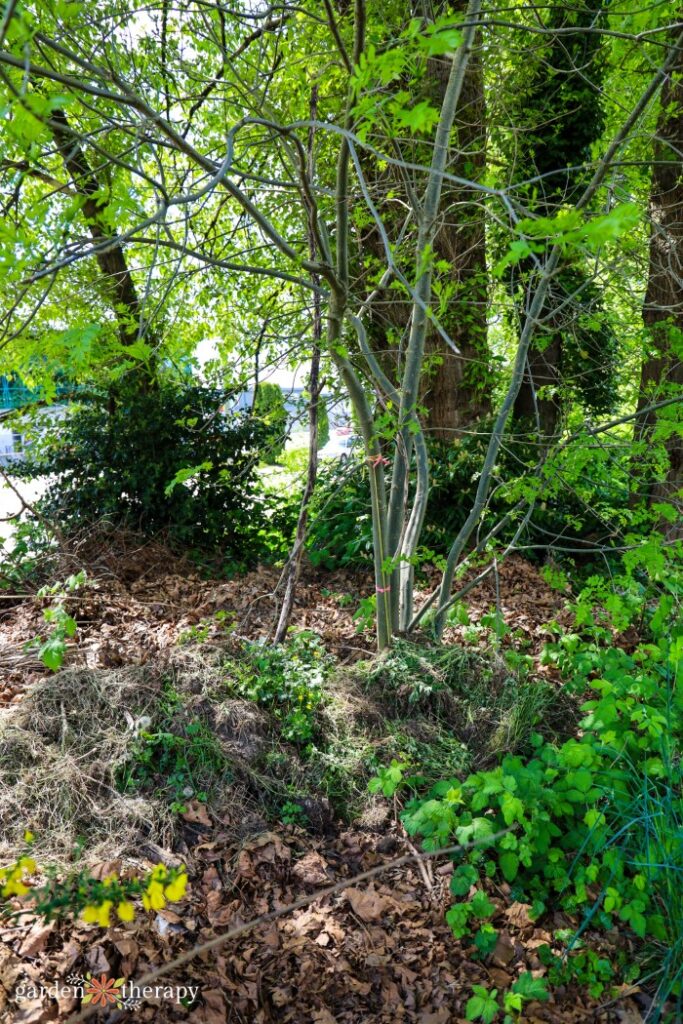

13. Get Outside
No matter where you are, the weather should slowly be getting better. I just know you’ve had some sunshine-filled days, even if the frost is still on the ground!
Spring is when we feel our SAD slowly start to lift, and we can further speed it along by getting outside, enjoying some fresh air, soaking in vitamin D, and getting back in touch with nature. Getting outside has so many proven mental health benefits, so get out there daily if you can, even for just a few minutes.
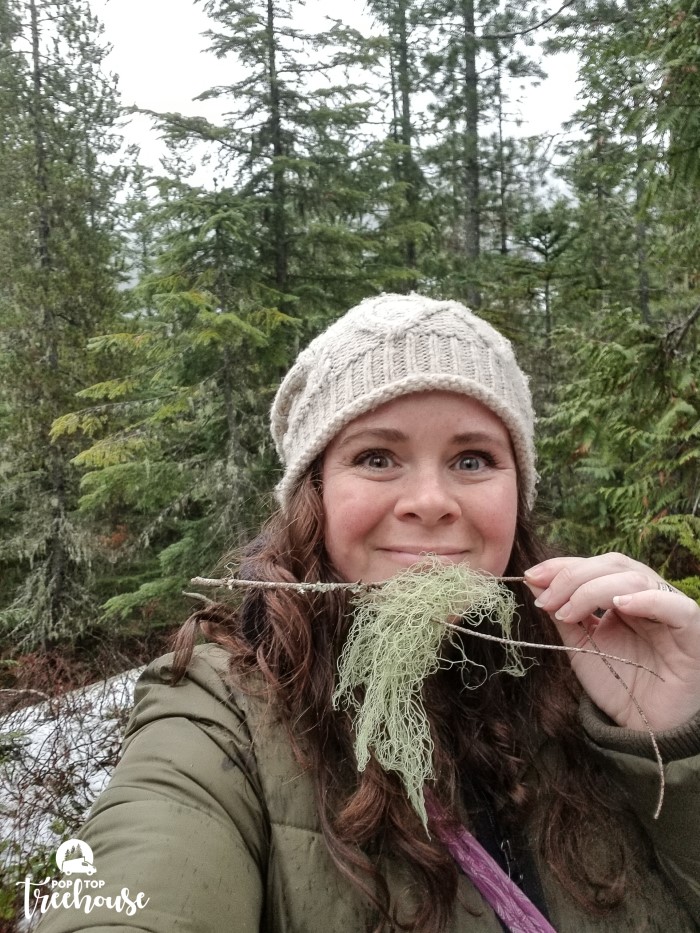

14. Begin a Stretching Routine
When the gardening season starts, we quickly overdo it. The first sunny day, you’re out there pruning, digging, and cleaning, and your body isn’t used to it. You’ll find yourself needing a soak in the tub to alleviate all the damage you did in your excitement! I’ve definitely been there.
Consider implementing a stretching routine that you can adhere to for the next few months to be kind to your body. Stretching can help alleviate stiffness, prevent injuries, and enhance your overall mobility.
And that’s a wrap on April gardening jobs! That’s more than enough to keep you busy and excited for the month. Let me know what you’re working on in your garden this month in the comments below.

